India’s smaller cities and towns are bustling with iconic food joints that the locals swear by, and tourists can just not miss. Most of these places have a rich legacy, with multiple generations of the proprietor’s family serving up distinctive delicacies to customers of their region. Many of these food joints, while gaining local and even national popularity, have chosen not to chase the allure of expansion, and remain exclusive to their hometowns.
There are many such iconic food joints around the country, based in tier 2 and 3 cities. Forbes India catches up with a handful of them that are loved by locals, celebrities, politicians and influencers alike:
Rathore’s son Hemendra helps him manage 1,800-2,000 people who eat at the joint every day, apart from catering to delivery executives who take their food to people’s homes. “I come from the Thakur clan. Earlier I wanted to name the shop after my family name, which was the norm back in the day, but if I had done that no one would visit us, as many Thakurs used to get killed in old movies," jokes Rathore, who started the business to “earn roti" for his family.
Johny Hot Dog’s consumer base largely consists of students it has only one outlet and hence reasonable prices. In 2019, the outlet was awarded the ‘Most Popular Menu Item in Asia Pacific’ by Uber Eats for their first-ever Uber Eats APAC Restaurants Partners Award held in Hong Kong as part of the Uber Eats Future of Food Summit.
![]() Deena Chat Bhandaar, Uttar Pradesh
Deena Chat Bhandaar, Uttar Pradesh
![]() Atul Kumar Keshari claims that his grandfather introduced the idea of chaat in India. The story goes that after multiple iterations of aaloo tikkis and the chutneys that would complement them, Deena Keshari finally cracked the perfect combination and set out on foot with a handcart in Varanasi in the 1940s. He was in one of the oldest living cities in the world, selling what would become one of the most enjoyed street foods in India.
Atul Kumar Keshari claims that his grandfather introduced the idea of chaat in India. The story goes that after multiple iterations of aaloo tikkis and the chutneys that would complement them, Deena Keshari finally cracked the perfect combination and set out on foot with a handcart in Varanasi in the 1940s. He was in one of the oldest living cities in the world, selling what would become one of the most enjoyed street foods in India.
Deena Chat Bhandaar has two outlets in Varanasi that remain crowded through the day, with customers queuing up for tamatar chaat, aaloo chaat, basket chaat, golgappe, and gulab jamuns, which is another one of the many delicacies that Varanasi has to offer. “Deena has now become a nationally and internationally known brand. Our recipes, which haven’t changed in the last 80 years, make us stand out. We still have dada’s old parchi [piece of paper] on which he wrote the recipe, and we follow it to the T," says Keshari, who was invited to put up a stall at the wedding of Mukesh Ambani’s youngest son Anant in Mumbai.
![]() Pal Dhaba, Chandigarh
Pal Dhaba, Chandigarh
![]() Pritpal Singh’s parents, who belonged to the city of Ambala in Haryana, found it difficult to get a job in the 1940s during the peak of the freedom movement. Having tried their luck working with various halwais (confectioners) in Ambala, the couple decided to move to Chandigarh and start something of their own.
Pritpal Singh’s parents, who belonged to the city of Ambala in Haryana, found it difficult to get a job in the 1940s during the peak of the freedom movement. Having tried their luck working with various halwais (confectioners) in Ambala, the couple decided to move to Chandigarh and start something of their own.
What started in a handcart outside a temple is now one of the most popular places in the country for north Indian food, especially its butter chicken, chicken curry, dal makhani, and mutton curry.
Singh started helping his parents as an eight-year-old, and grew up to expand the business from a cart to a shop. Today, he runs the food joint with his son, the third-generation in the family to be associated with the dhaba. The popularity of the place, which is located in Sector 28-D, is such that many imposters have tried to open namesake food joints across Chandigarh.
“However much they try, no one can ever copy the taste we provide. Our customers can recognise it," says Singh, who has fought quite a few battles against imposters trying to steal his name.
Many Bollywood celebrities, such as actors Janhvi Kapoor and Ayushmann Khurrana, have visited Pal Dhaba, with the latter saying in an interview that he would want Pal Dhaba to open a branch in Mumbai.
![]()
![]() Both Shetty Lunch Home and its famous chicken ghee roast have rich legacies. What started as Buntara Matthu Naadavara Ootada Mane in 1921 by Kadri Subbayya Shetty in Kundapur, Udipi, is now Mangaluru’s famous Shetty Lunch Home, a name that the place got when Shetty’s son Thejappa Shetty and his wife Prabhavathi, who created the special ghee roast recipe of the restaurant, took over the place in 1957. Today, the family’s fourth generation, Uma Shetty and her husband Harish, run the restaurant.
Both Shetty Lunch Home and its famous chicken ghee roast have rich legacies. What started as Buntara Matthu Naadavara Ootada Mane in 1921 by Kadri Subbayya Shetty in Kundapur, Udipi, is now Mangaluru’s famous Shetty Lunch Home, a name that the place got when Shetty’s son Thejappa Shetty and his wife Prabhavathi, who created the special ghee roast recipe of the restaurant, took over the place in 1957. Today, the family’s fourth generation, Uma Shetty and her husband Harish, run the restaurant.
The ISO-certified restaurant has two branches in Mangaluru, and, according to Harish, it stands out because of the spices used in the dishes that are ground by Uma herself. With a daily footfall of around 500 people, the restaurant serves lip-smacking seafood, dosas, and non-vegetarian dishes like kane masala fry, chicken kundapur, chicken white korma and their legendary seafood thali, which has been tried by chef Ranveer Brar, and celebrities like actor Suniel Shetty, who makes it a point to visit the place every time he is in Mangaluru.
![]() Das Khaman, Ahmedabad
Das Khaman, Ahmedabad
![]() With one ser (0.93 kgs) of chana dal, my family started making khaman at home and selling it at bus stops, railway stations, schools, and theatres in Ahmedabad, more than 100 years ago. Today, we have 13 outlets of Das Khaman in the city," says Bhavik Thakkar, the fourth-generation entrepreneur of the legacy business.
With one ser (0.93 kgs) of chana dal, my family started making khaman at home and selling it at bus stops, railway stations, schools, and theatres in Ahmedabad, more than 100 years ago. Today, we have 13 outlets of Das Khaman in the city," says Bhavik Thakkar, the fourth-generation entrepreneur of the legacy business.
Each outlet serves 450-500 customers daily. The brand is famous for its khaman, which comes in a variety of flavours such as toast khaman, dahi wala khaman, green fry khaman, apart from other Gujarati snacks such as khaandvi, paatra, etc. A central kitchen supplies to all 13 outlets to maintain taste and quality, and what makes it a customer favourite is its unchanging taste. “An 84-year-old uncle visits us every now and then. He eats only ₹40 worth of khaman but pays probably ₹200 for the auto ride from his house. And, a six-year-old boy eats the spiciest tam tam khaman. That speaks to our legacy," says Thakkar.
Also listen: What makes a brand a Regional Goliath?
![]()
![]() In 1946, Bhajan Dass Tayal established a workshop in Shimla to make breads. He would go door-to-door around the city to sell them. Over a decade later, after saving up money every year, he set up Trishool Bakers in one of the city’s prime locations. With only one branch in the city, and the third generation of the family running it, Trishool is Shimla’s oldest bakery serving the best Parisian delicacies. It is famous for its biscuits, eclairs, pastries and other such items. According to actor Preity Zinta who was born and raised in Shimla, pastries from Trishool Bakers serves the “best pastries in the world".
In 1946, Bhajan Dass Tayal established a workshop in Shimla to make breads. He would go door-to-door around the city to sell them. Over a decade later, after saving up money every year, he set up Trishool Bakers in one of the city’s prime locations. With only one branch in the city, and the third generation of the family running it, Trishool is Shimla’s oldest bakery serving the best Parisian delicacies. It is famous for its biscuits, eclairs, pastries and other such items. According to actor Preity Zinta who was born and raised in Shimla, pastries from Trishool Bakers serves the “best pastries in the world".
According to Keshav Ram, who has been the manager of the bakery for 50 years now, the motto of the bakery is the happiness of its customers. “Many brands for biscuits and cakes are now in the market, boasting about their ingredients. We don’t do any of that. We just believe in making the customer happy and that’s why I think we are where we are," he says.
![]() Paragon, Kerala
Paragon, Kerala
![]() In 2023, Paragon was ranked 11 among the world’s top 150 restaurants by TasteAtlas. Later that year, the ranking and food critic platform raised it to the fifth position.
In 2023, Paragon was ranked 11 among the world’s top 150 restaurants by TasteAtlas. Later that year, the ranking and food critic platform raised it to the fifth position.
Paragon, a legacy family business that is now run by the third-generation, was started by Govindan as a bakery. Renowned for its coastal cuisine, and its celebrated biryanis, which come in varieties such as chicken biryani, hamour biryani, mutton biryani, prawn biryani etc. Paragon stands out among this Forbes India list, by being the only restaurant that has branched out to other cities—Bengaluru, Cochin, Thiruvananthapuram and Dubai.
Paragon boasts of a commanding presence in Asia with its extended chain of businesses such as Salkara Restaurant, M-Grill Restaurant and Brown Town Bakery. As per Abhijith Chandra, the HR manager of the restaurant, more outlets of Paragon are in the pipeline in places like New York and Amsterdam.

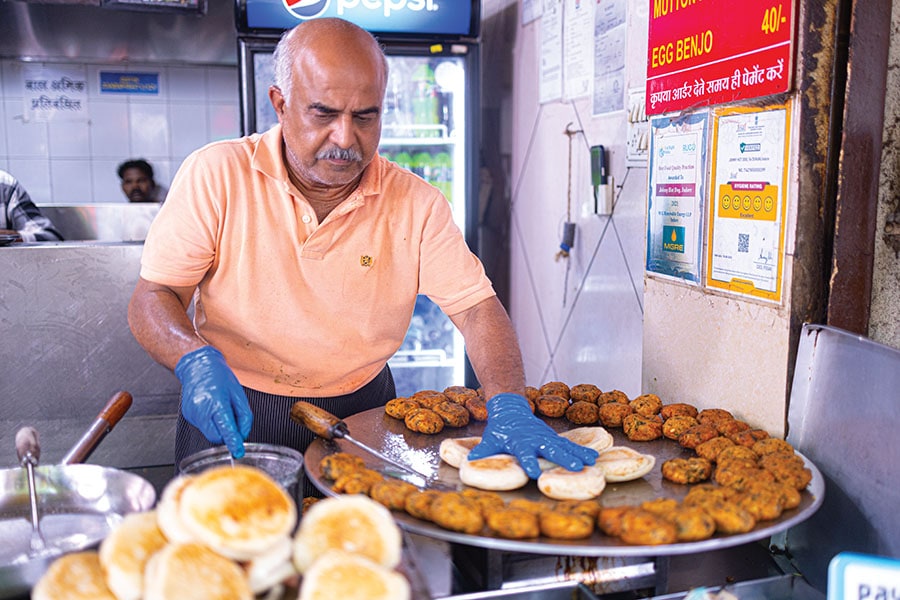
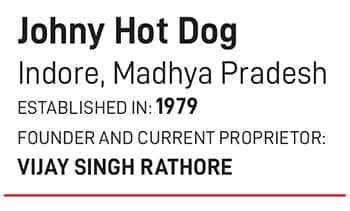 Stroll along Indore’s famous Chappan Dukan, a food bazaar lined with street food vendors, and the crowd gathered in front of Johny Hot Dog will surely pull you towards it, making it the first thing you try. Vijay Singh Rathore—or ‘dadu’, as he is fondly called by the school and college students who make up the outlet’s biggest customer base for its affordable menu—has been on the job for over four decades, serving up his famous hot dogs that look more like a flattened burger or a fluffy, round sandwich filled with spicy potato patties, served alongside raw onions and a zesty green chutney, the trademark desi flavours that make it stand out among other eateries.
Stroll along Indore’s famous Chappan Dukan, a food bazaar lined with street food vendors, and the crowd gathered in front of Johny Hot Dog will surely pull you towards it, making it the first thing you try. Vijay Singh Rathore—or ‘dadu’, as he is fondly called by the school and college students who make up the outlet’s biggest customer base for its affordable menu—has been on the job for over four decades, serving up his famous hot dogs that look more like a flattened burger or a fluffy, round sandwich filled with spicy potato patties, served alongside raw onions and a zesty green chutney, the trademark desi flavours that make it stand out among other eateries.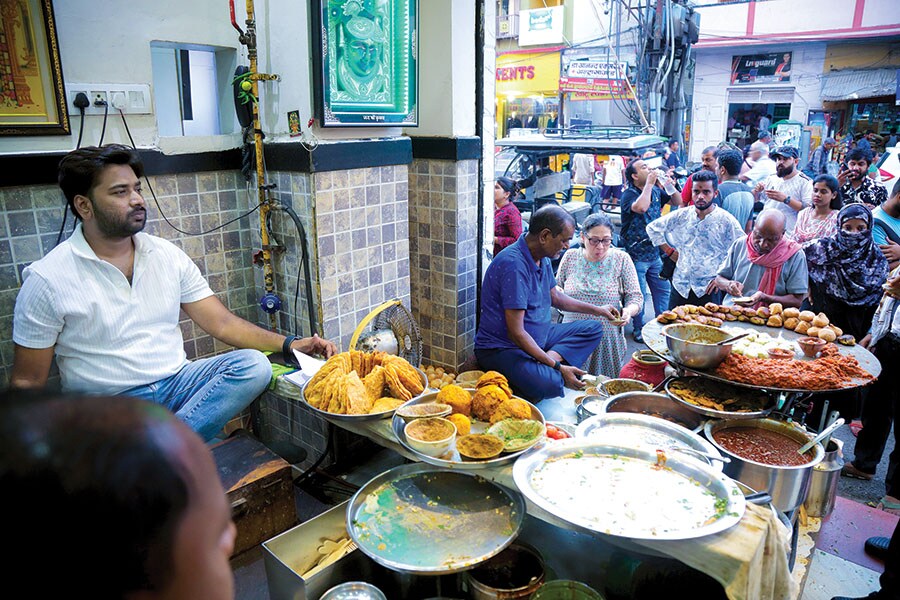
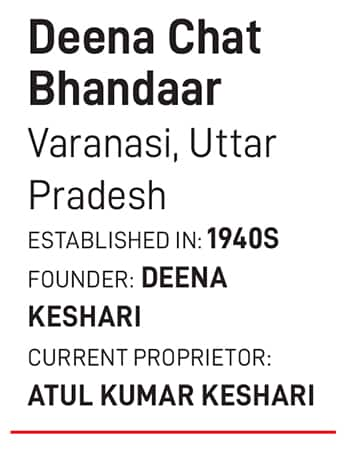 Atul Kumar Keshari claims that his grandfather introduced the idea of chaat in India. The story goes that after multiple iterations of aaloo tikkis and the chutneys that would complement them, Deena Keshari finally cracked the perfect combination and set out on foot with a handcart in Varanasi in the 1940s. He was in one of the oldest living cities in the world, selling what would become one of the most enjoyed street foods in India.
Atul Kumar Keshari claims that his grandfather introduced the idea of chaat in India. The story goes that after multiple iterations of aaloo tikkis and the chutneys that would complement them, Deena Keshari finally cracked the perfect combination and set out on foot with a handcart in Varanasi in the 1940s. He was in one of the oldest living cities in the world, selling what would become one of the most enjoyed street foods in India.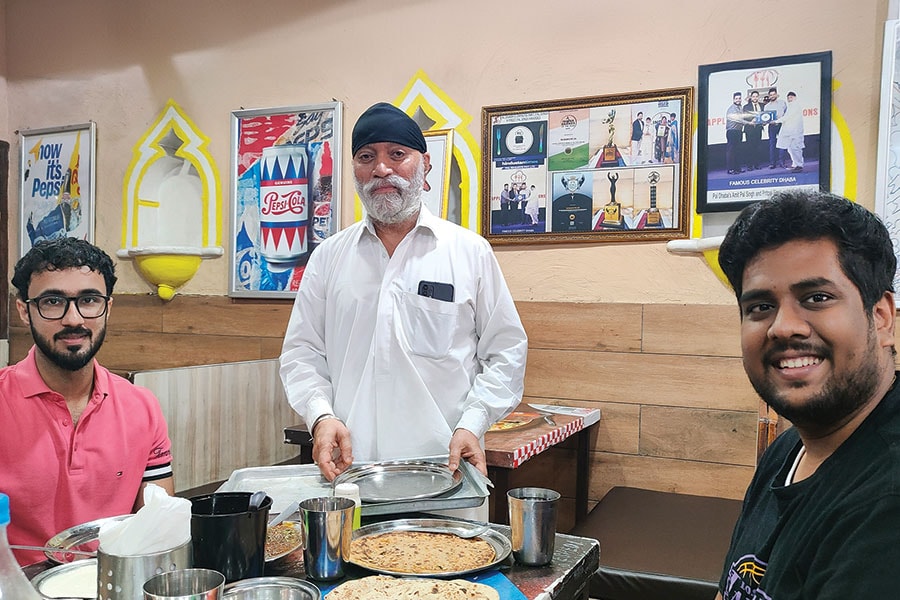
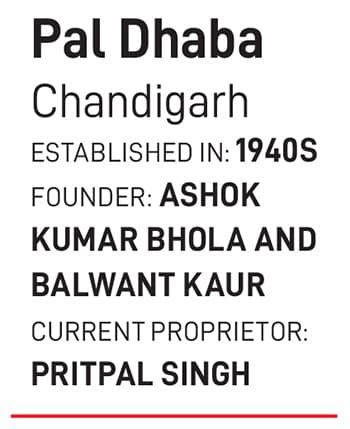 Pritpal Singh’s parents, who belonged to the city of Ambala in Haryana, found it difficult to get a job in the 1940s during the peak of the freedom movement. Having tried their luck working with various halwais (confectioners) in Ambala, the couple decided to move to Chandigarh and start something of their own.
Pritpal Singh’s parents, who belonged to the city of Ambala in Haryana, found it difficult to get a job in the 1940s during the peak of the freedom movement. Having tried their luck working with various halwais (confectioners) in Ambala, the couple decided to move to Chandigarh and start something of their own.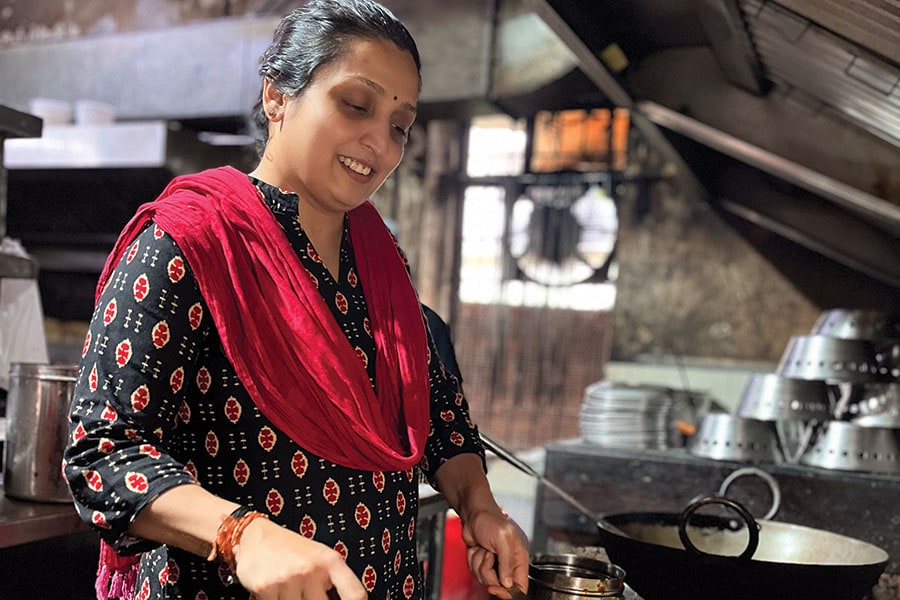
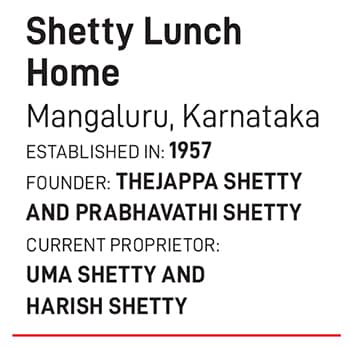 Both Shetty Lunch Home and its famous chicken ghee roast have rich legacies. What started as Buntara Matthu Naadavara Ootada Mane in 1921 by Kadri Subbayya Shetty in Kundapur, Udipi, is now Mangaluru’s famous Shetty Lunch Home, a name that the place got when Shetty’s son Thejappa Shetty and his wife Prabhavathi, who created the special ghee roast recipe of the restaurant, took over the place in 1957. Today, the family’s fourth generation, Uma Shetty and her husband Harish, run the restaurant.
Both Shetty Lunch Home and its famous chicken ghee roast have rich legacies. What started as Buntara Matthu Naadavara Ootada Mane in 1921 by Kadri Subbayya Shetty in Kundapur, Udipi, is now Mangaluru’s famous Shetty Lunch Home, a name that the place got when Shetty’s son Thejappa Shetty and his wife Prabhavathi, who created the special ghee roast recipe of the restaurant, took over the place in 1957. Today, the family’s fourth generation, Uma Shetty and her husband Harish, run the restaurant.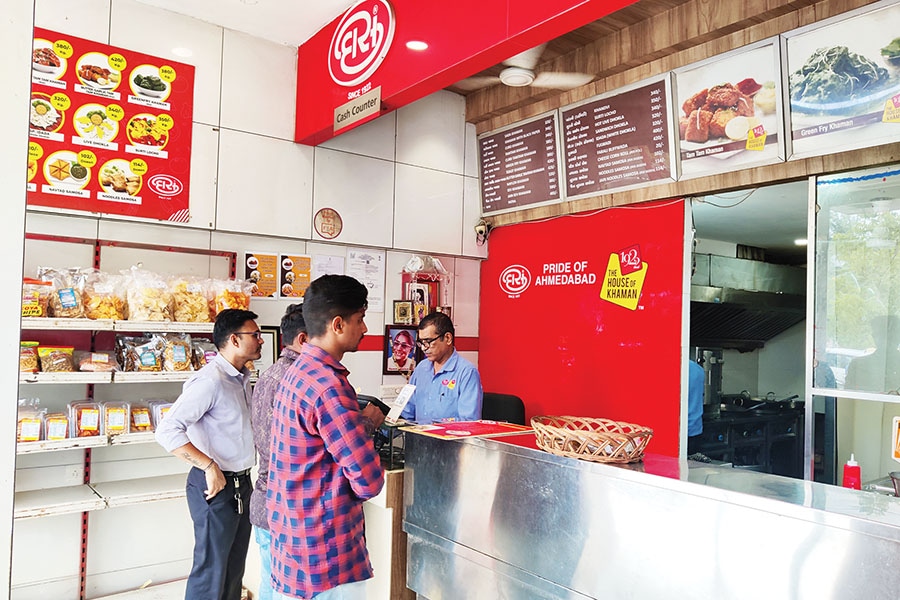
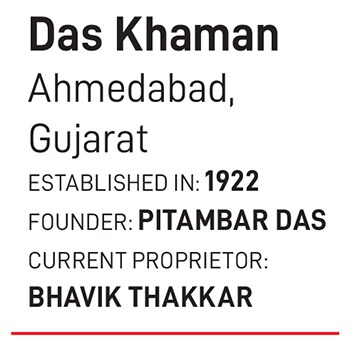 With one ser (0.93 kgs) of chana dal, my family started making khaman at home and selling it at bus stops, railway stations, schools, and theatres in Ahmedabad, more than 100 years ago. Today, we have 13 outlets of Das Khaman in the city," says Bhavik Thakkar, the fourth-generation entrepreneur of the legacy business.
With one ser (0.93 kgs) of chana dal, my family started making khaman at home and selling it at bus stops, railway stations, schools, and theatres in Ahmedabad, more than 100 years ago. Today, we have 13 outlets of Das Khaman in the city," says Bhavik Thakkar, the fourth-generation entrepreneur of the legacy business.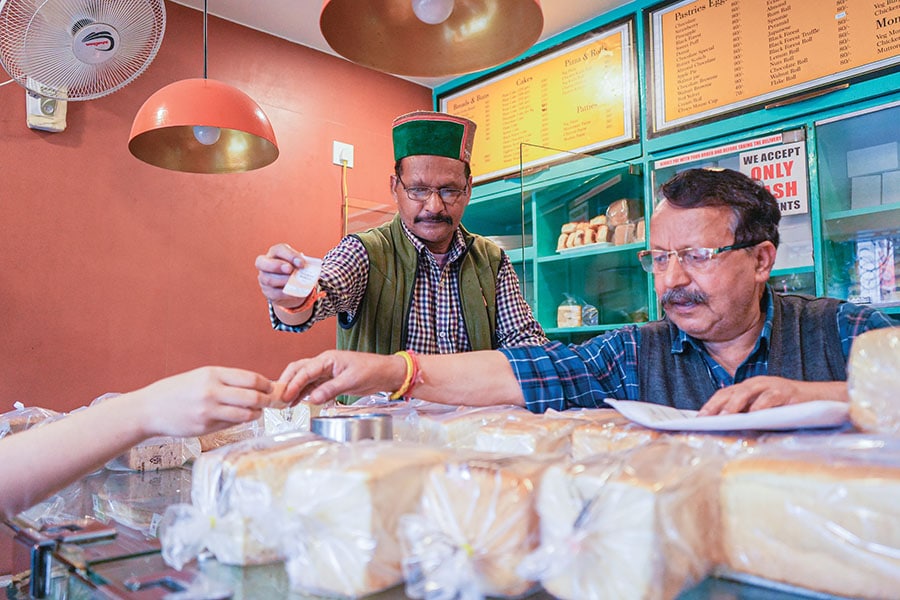
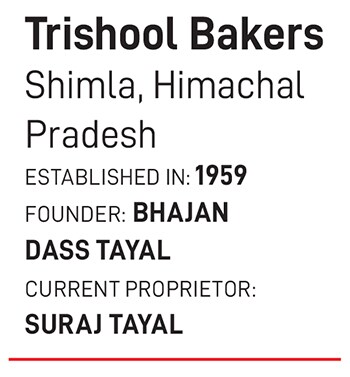 In 1946, Bhajan Dass Tayal established a workshop in Shimla to make breads. He would go door-to-door around the city to sell them. Over a decade later, after saving up money every year, he set up Trishool Bakers in one of the city’s prime locations. With only one branch in the city, and the third generation of the family running it, Trishool is Shimla’s oldest bakery serving the best Parisian delicacies. It is famous for its biscuits, eclairs, pastries and other such items. According to actor Preity Zinta who was born and raised in Shimla, pastries from Trishool Bakers serves the “best pastries in the world".
In 1946, Bhajan Dass Tayal established a workshop in Shimla to make breads. He would go door-to-door around the city to sell them. Over a decade later, after saving up money every year, he set up Trishool Bakers in one of the city’s prime locations. With only one branch in the city, and the third generation of the family running it, Trishool is Shimla’s oldest bakery serving the best Parisian delicacies. It is famous for its biscuits, eclairs, pastries and other such items. According to actor Preity Zinta who was born and raised in Shimla, pastries from Trishool Bakers serves the “best pastries in the world".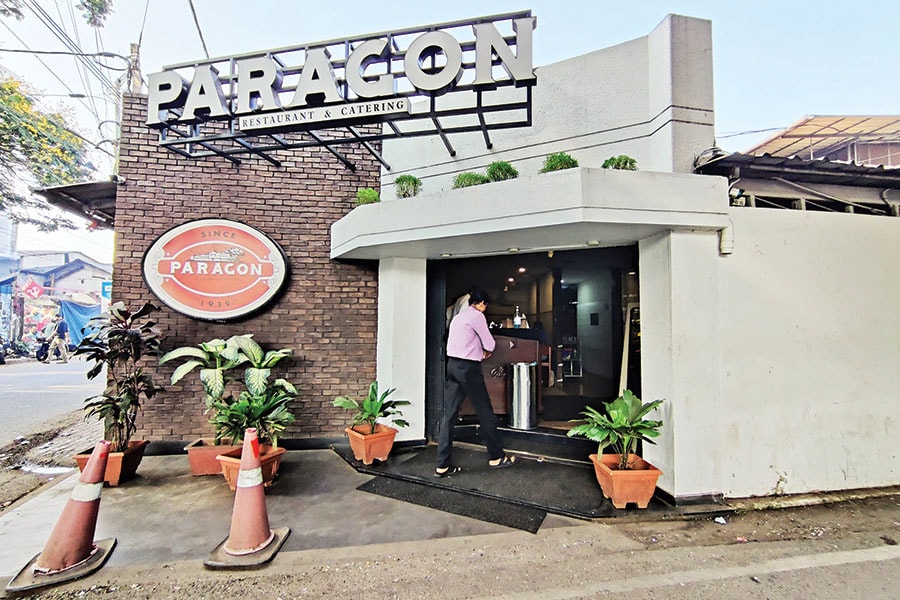
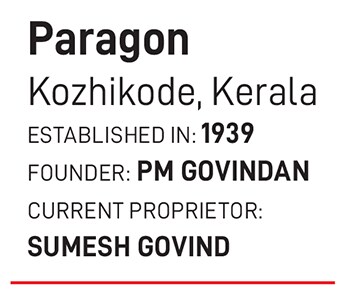 In 2023, Paragon was ranked 11 among the world’s top 150 restaurants by TasteAtlas. Later that year, the ranking and food critic platform raised it to the fifth position.
In 2023, Paragon was ranked 11 among the world’s top 150 restaurants by TasteAtlas. Later that year, the ranking and food critic platform raised it to the fifth position.